Flat Roofs vs. Pitched Roofs: Which Is Right for Your Home?
Choosing the right roofing system is a crucial decision for any homeowner. Often, the choice comes down to flat roofs versus pitched roofs. Each type presents its own unique set of benefits and challenges, and understanding these can help you decide which roof aligns best with your home's style, function, and budget. This guide will explore the key differences, giving you the insights you need to make the right choice—whether you're building new or replacing an existing roof.
Compare the Design and Aesthetic Appeal
The visual appeal of a roof significantly impacts the overall appearance of a home. Flat roofs offer a clean, modern look that fits well with contemporary architecture. Minimalist in design, they’re often seen on modern homes where streamlined shapes and simplicity take center stage.
Pitched roofs, on the other hand, offer a timeless, classic appearance. They're commonly associated with traditional architectural styles like Colonial, Victorian, or Craftsman homes. Their sloped design provides character, dimension, and an aesthetic that blends well with neighborhoods featuring historic or conventional homes.
When choosing a roof design, consider how each option complements your home’s architecture. While flat roofs may appeal to modern tastes, pitched roofs continue to offer widespread versatility across a range of design preferences.
Evaluate the Costs of Installation and Materials
Budget plays a major role in the decision-making process, and roofing contractors often point out that flat roofs can be more affordable initially.
The lower cost is due to simpler design and reduced labor requirements. Fewer materials are needed, and installation is often quicker. However, these initial savings might be offset by higher maintenance or earlier replacement needs.
Pitched roofs, while more costly upfront due to their complex framing and extra materials, may provide better long-term value due to their durability and lower maintenance requirements. Roofing contractors frequently recommend evaluating not just the immediate cost but also the long-term financial impact over the life of the roof.
Understand Maintenance and Durability Differences
Maintenance should never be overlooked when selecting a roofing type. Flat roofs are more prone to water pooling and debris accumulation, making them higher maintenance. They require regular inspections and repairs to prevent issues like leaks or material degradation. According to The Spruce, flat roofs actually have a slight slope—about a quarter to a half inch per foot—to allow for water drainage, but this minimal pitch still doesn’t compare to the runoff efficiency of a pitched roof.
Pitched roofs, due to their angled design, excel at shedding rain and snow. This natural water runoff reduces the risk of moisture damage and often results in a longer lifespan. Many roofing contractors consider pitched roofs a more durable choice, especially in regions with wet or snowy climates.
However, advances in roofing materials have significantly improved flat roof durability. Membranes such as EPDM, TPO, or modified bitumen can now provide excellent waterproofing if installed and maintained properly.
Maximize Space and Functional Benefits
Flat roofs provide an edge when it comes to usable outdoor space. They can be transformed into functional living areas—like rooftop gardens, patios, or lounge spaces—adding both utility and charm. In urban environments where backyard space is limited, this added square footage can be a major selling point.
These flat areas also offer easier access for maintenance or installation of solar panels and HVAC units. However, the structural requirements to support weight-bearing usage should be evaluated with your roofing contractors ahead of time, as reinforcement can add to the overall project cost.
Pitched roofs, while less accessible, often allow for attic storage or even bonus living space beneath their slopes. They also allow for better insulation layers, which can improve energy efficiency depending on your local climate.
Consider Climate and Environmental Conditions
Your geographic location should heavily influence your roofing choice. In colder regions with heavy snowfall, pitched roofs offer significant advantages. Their sloped design ensures that snow and ice don’t accumulate, reducing weight load and risk of damage.
Flat roofs perform better in warm, arid regions where snowfall and rainfall are minimal. Their design makes them ideal for solar panel installation, providing a flat surface for maximum sun exposure. Environmental factors like wind, humidity, and temperature fluctuations can all influence the longevity and performance of your roof, so consult roofing contractors familiar with local conditions before making a decision.
Making the right decision requires weighing immediate costs against long-term value, and no one is better equipped to help you through that process than experienced roofing contractors. If you're unsure which option is best for your home, or if you're ready to begin installation, consult with professionals who understand the local climate, building codes, and material options.
Garcia & Son Roofing & Gutters LLC is here to help you explore your options and provide expert guidance every step of the way. Contact us today for a consultation and let’s find the perfect roofing solution for your home.

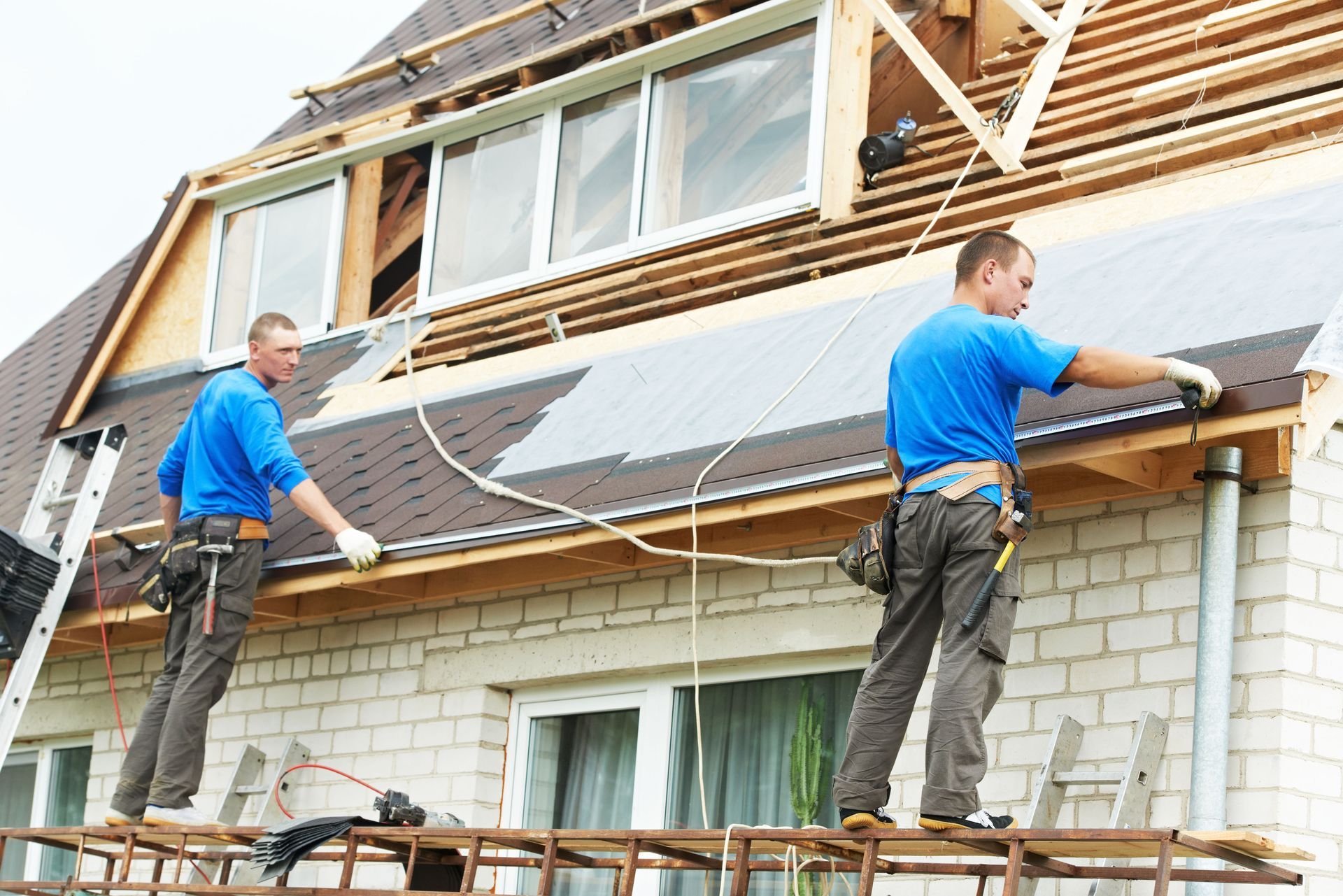
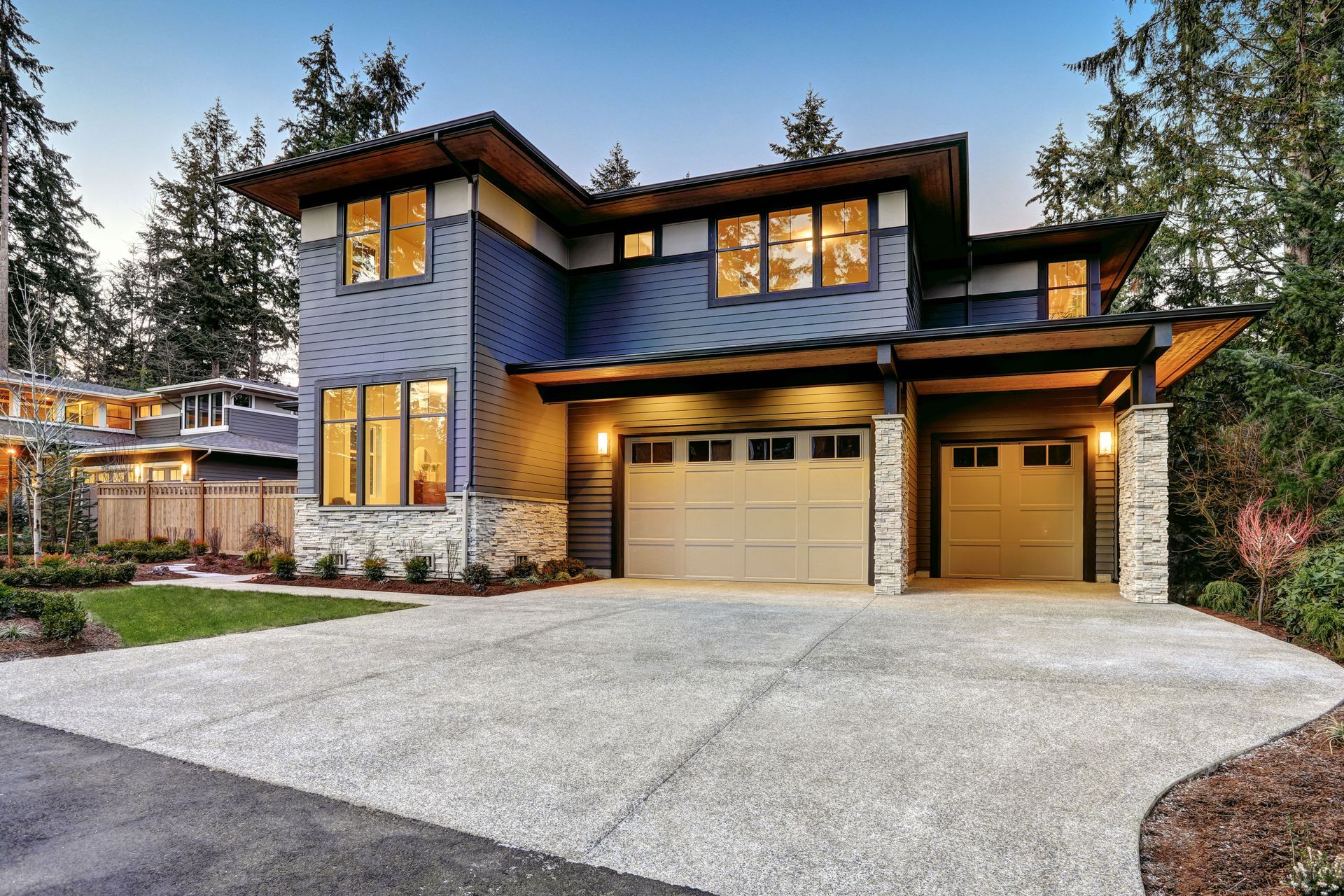
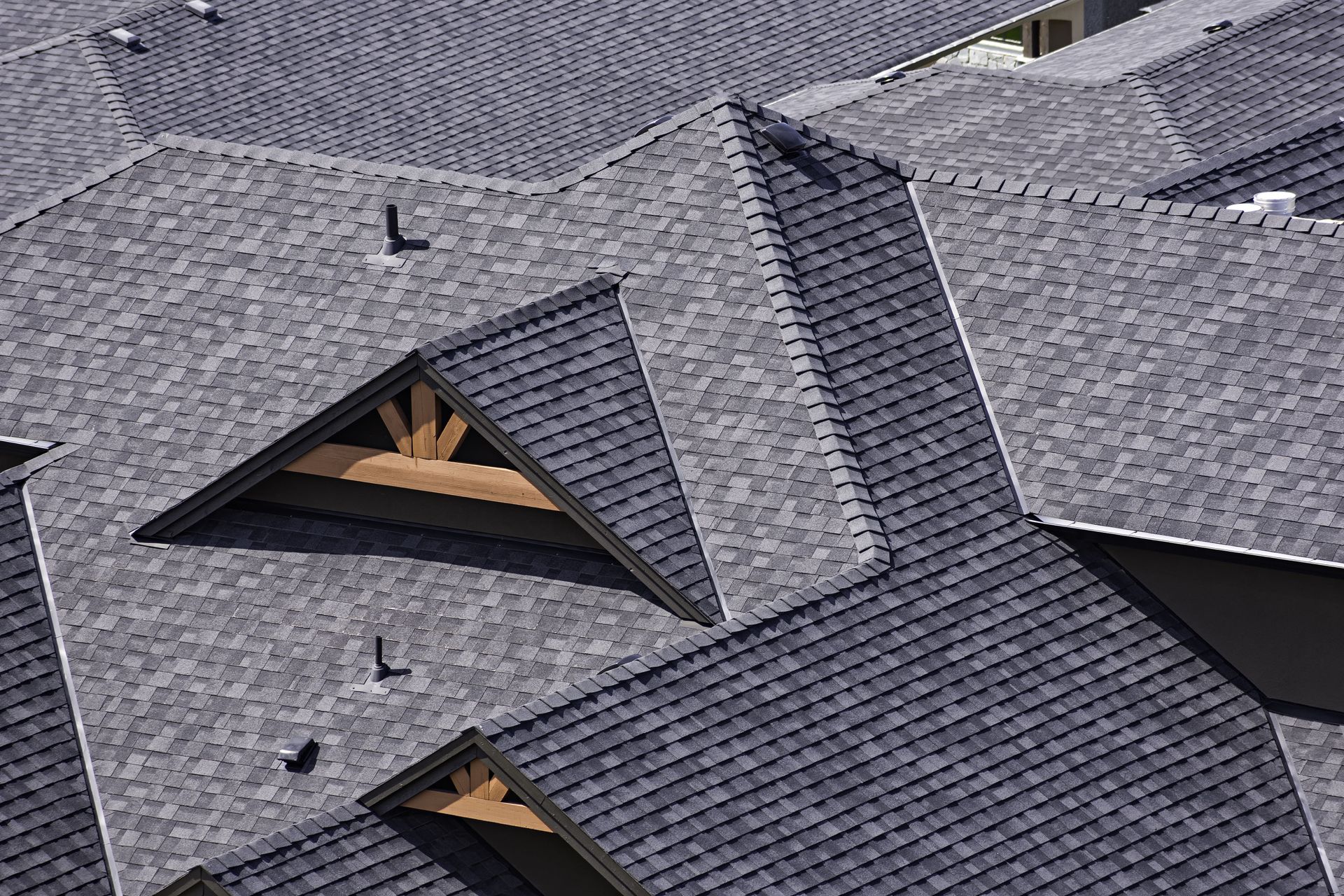
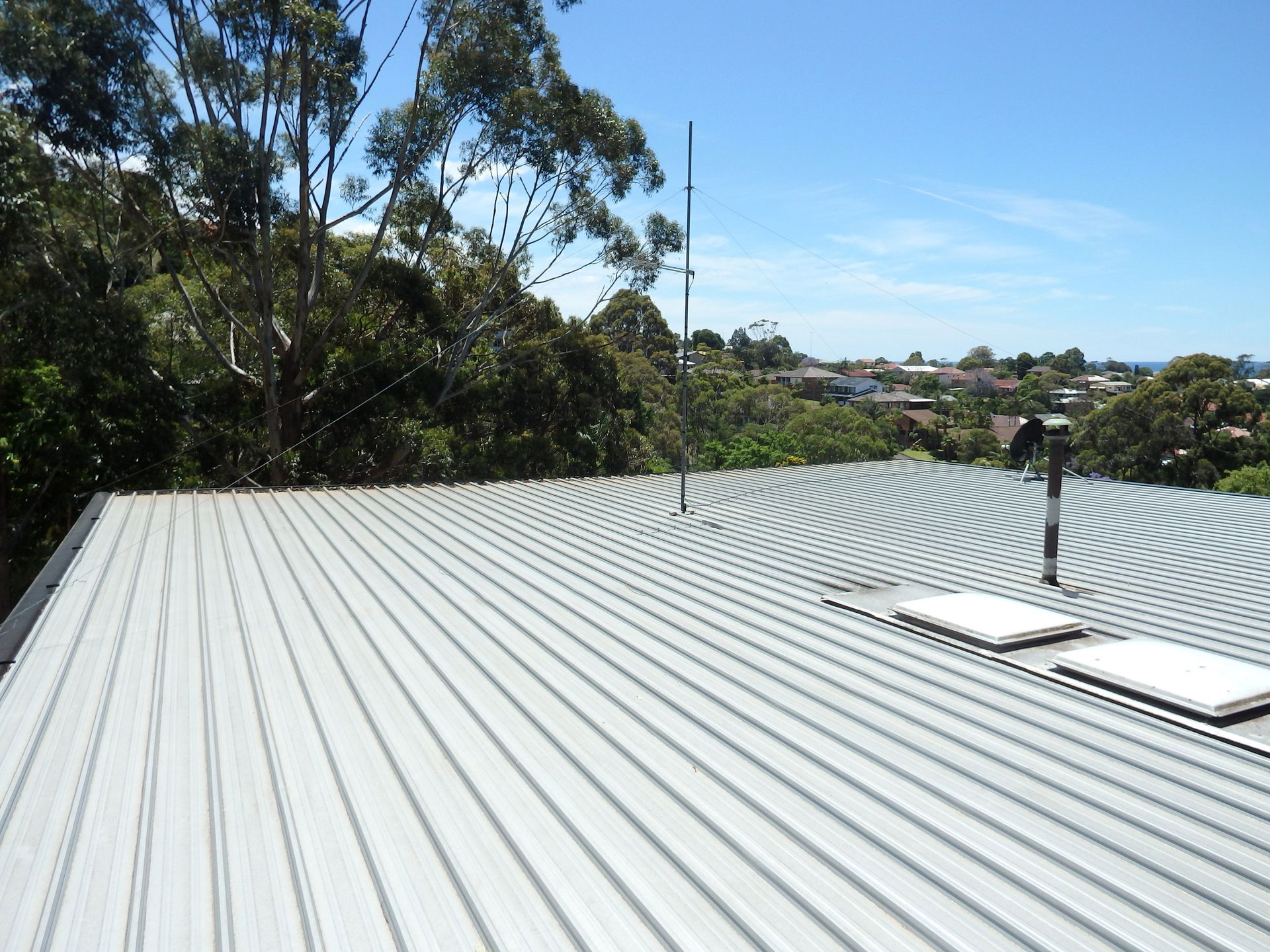
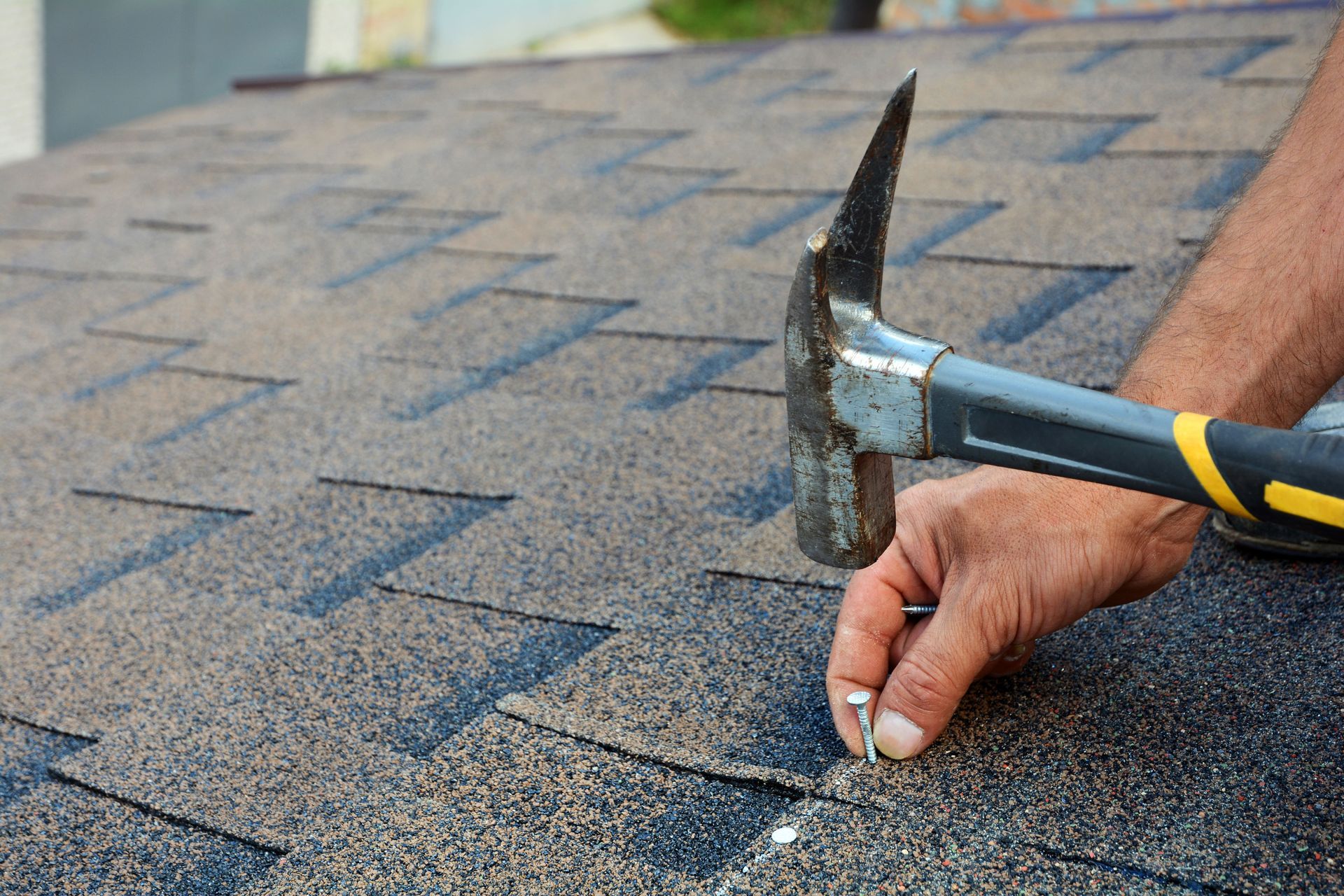
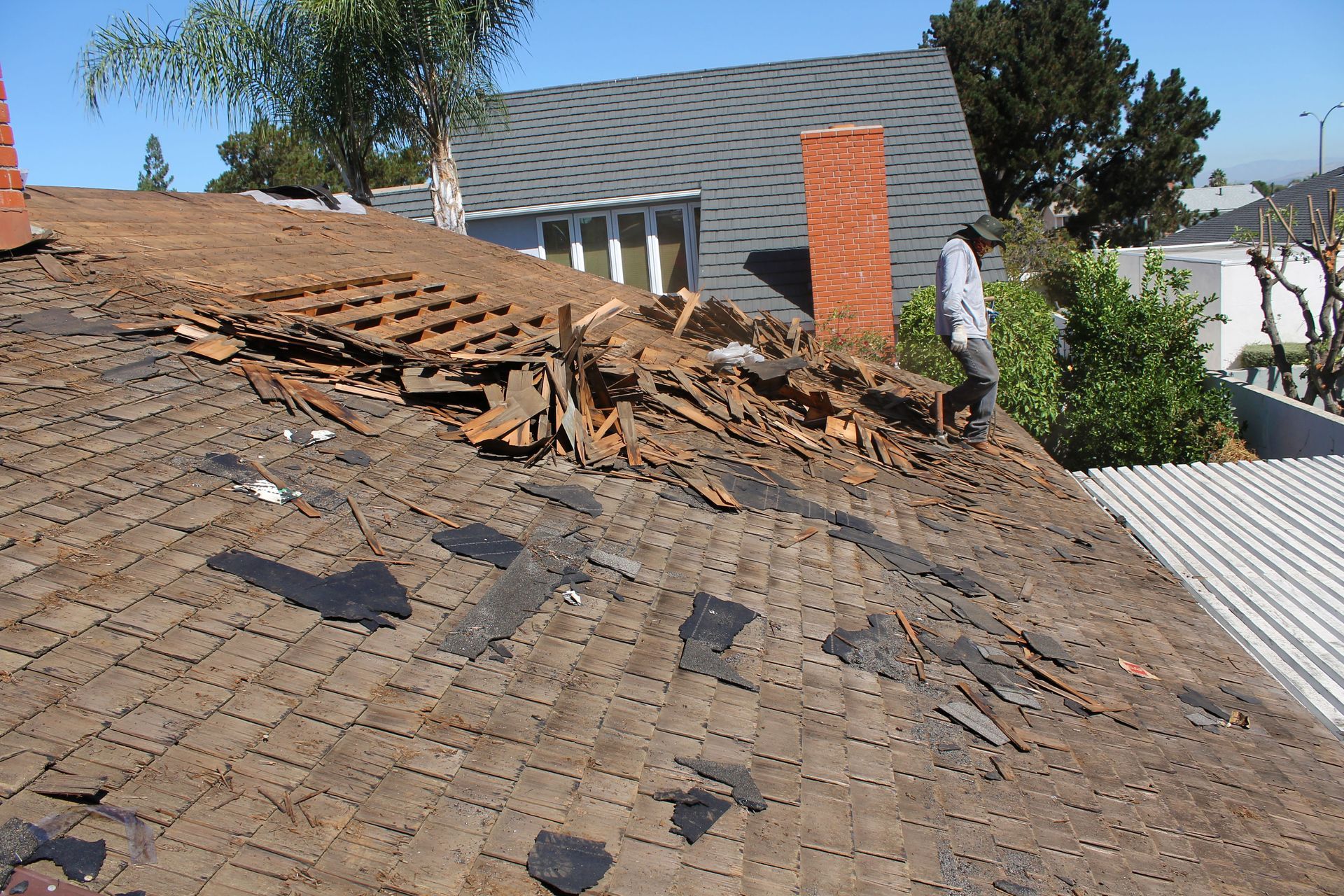
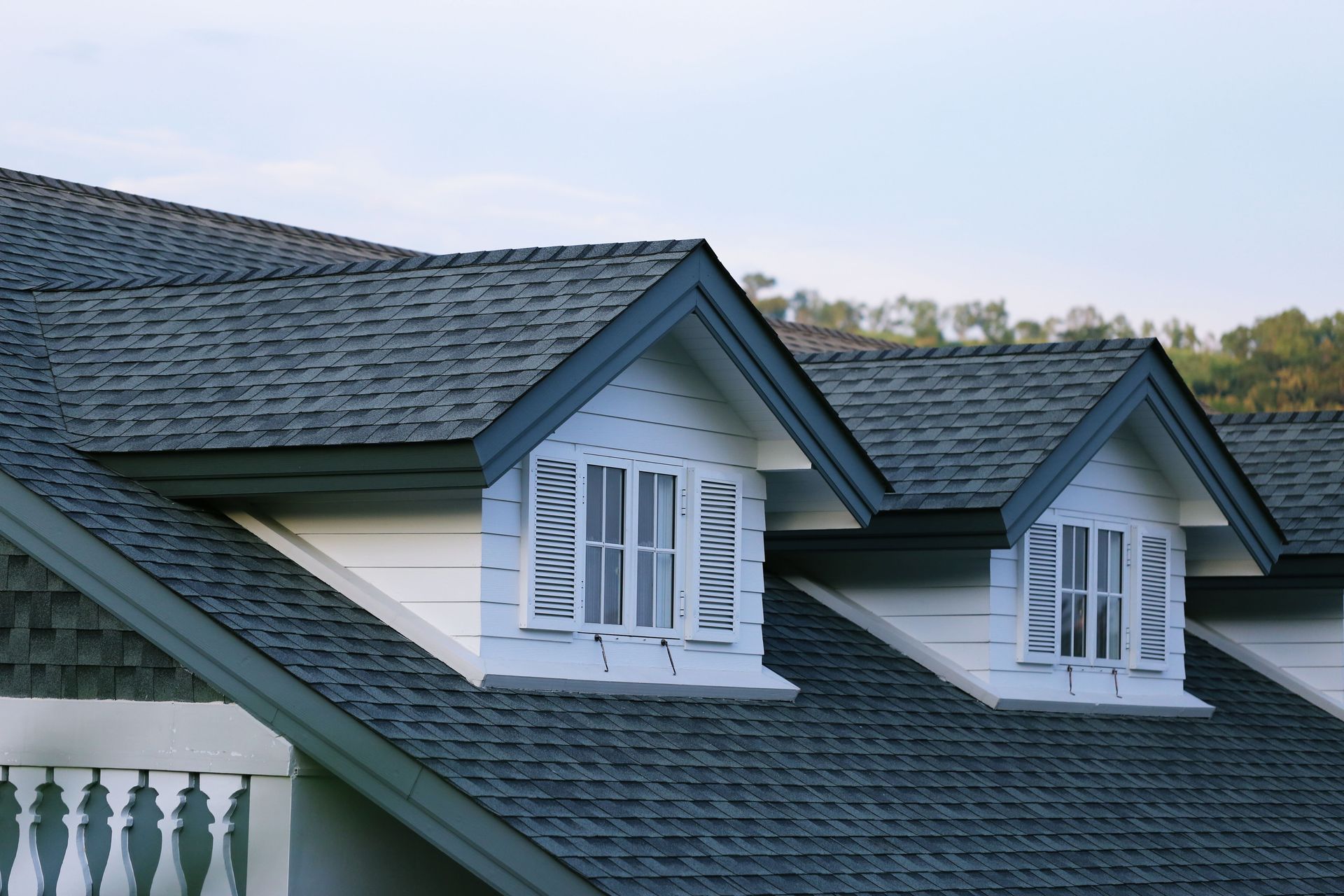
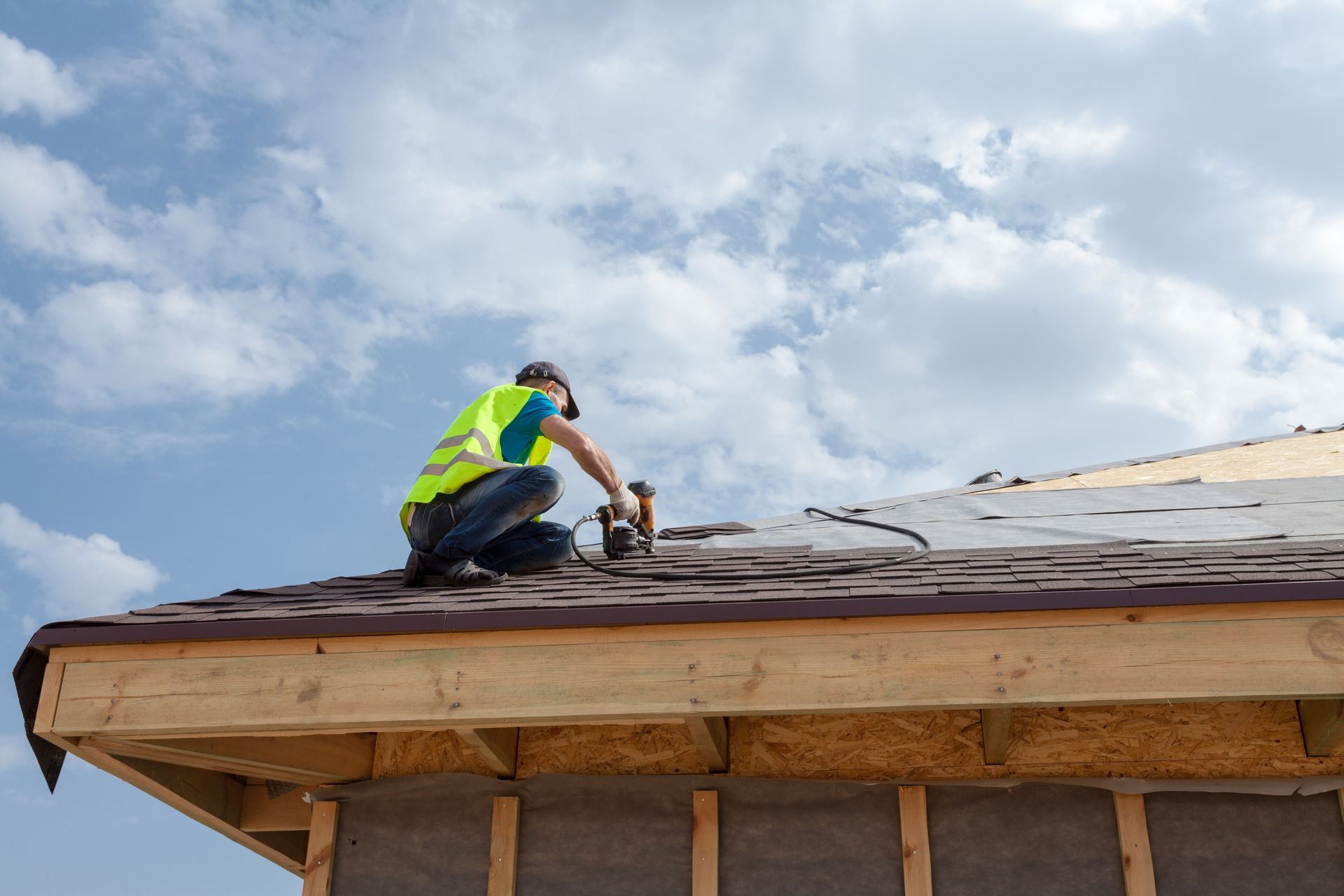
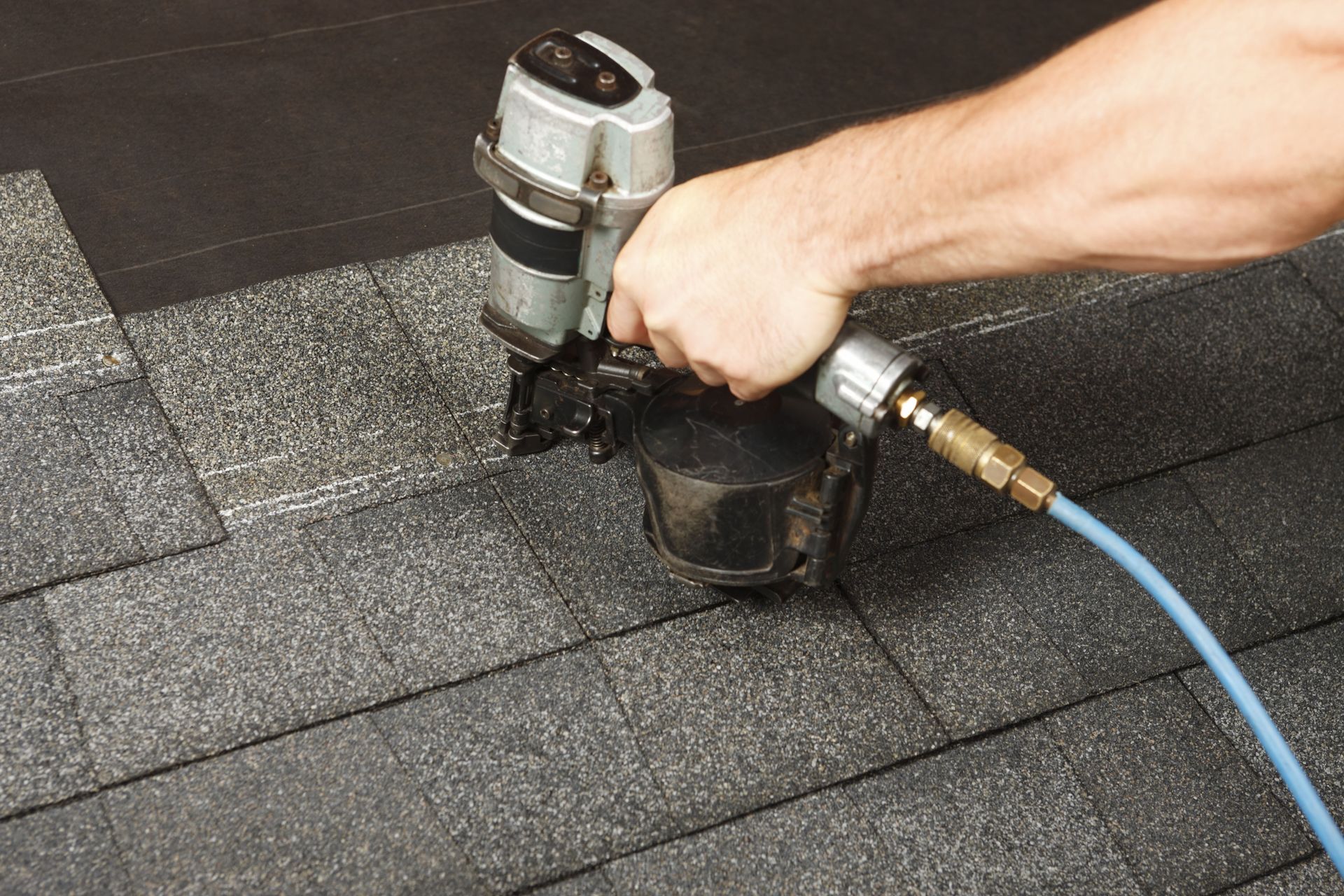
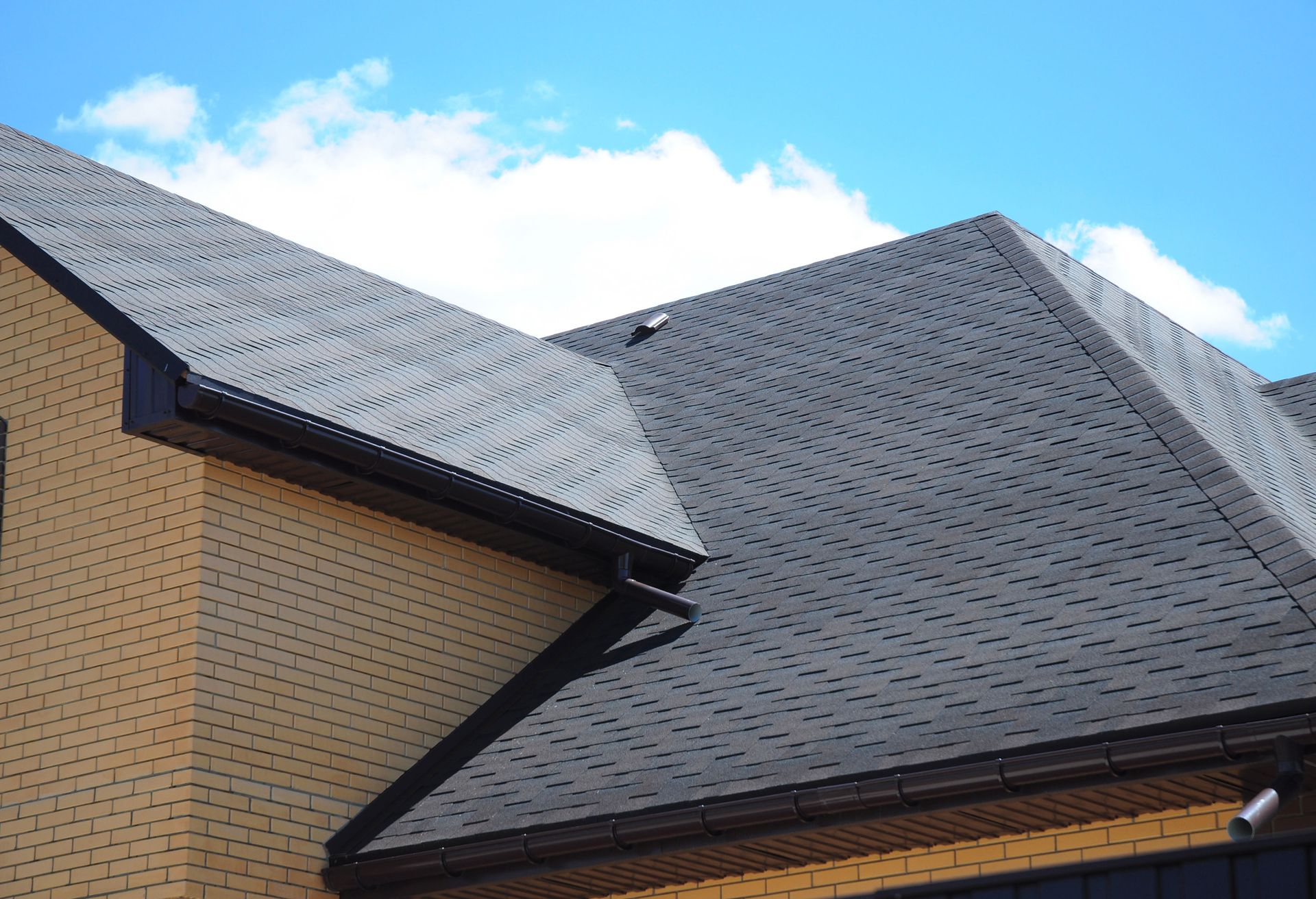
Share On: